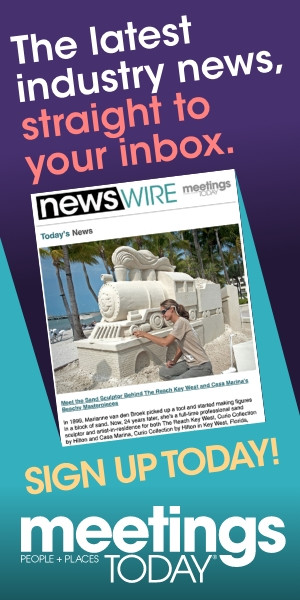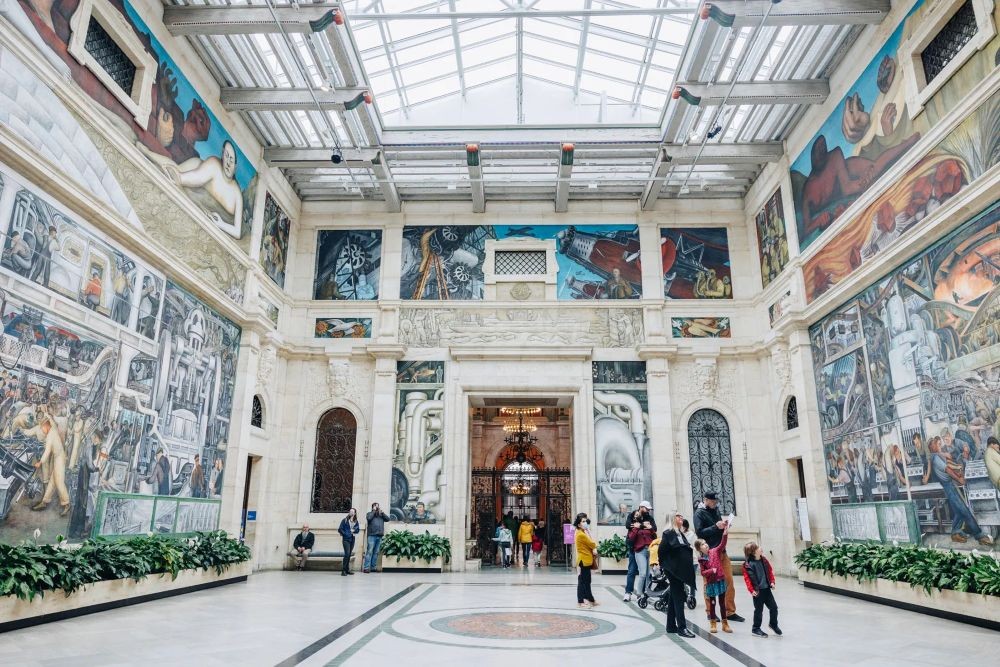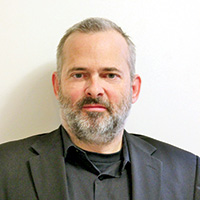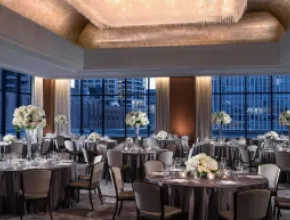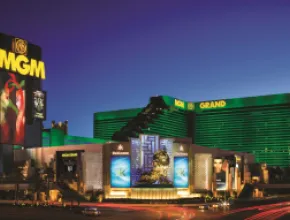Co-founder of Event Leaders Exchange (ELX), David Kliman is among the meetings industry’s most influential voices. Through his Tucson, Arizona-based consultancy The Kliman Group, he specializes in facilitating customer advisory boards to enhance and to drive group market business for CVBs, DMOs and other hospitality and travel industry organizations across North America. Long-time clients include Visit Detroit.
“Having moderated their customer advisory board for over a decade, most recently in spring 2025, I know well the remarkable changes this city has seen,” Kliman said. “While tens of billions of investment dollars continue to transform Detroit, the people, culture and history of this great American city have collectively created a unique and truly compelling place to live, work and visit. Detroit’s future looks rock-solid, and I urge event professionals to experience Motor City’s vibrancy firsthand.”
Those “vibes” include an unmatched creative and cultural heritage, which earned Detroit recognition in 2015 as America’s first, and to date, only UNESCO City of Design.
“Cars wouldn’t be cars, music wouldn’t music and your world wouldn’t be your world without Detroit,” serves as the evocative reminder underlying Detroit’s current “When We Move, You Move” brand message. Introduced last year, the campaign aims to boost visitation from 16.5 million people in 2024 to 25 million in 2030.
For groups, Detroit’s cultural past and future are reasons alone to book, today.
Detroit Venues That Harness the City’s Music History
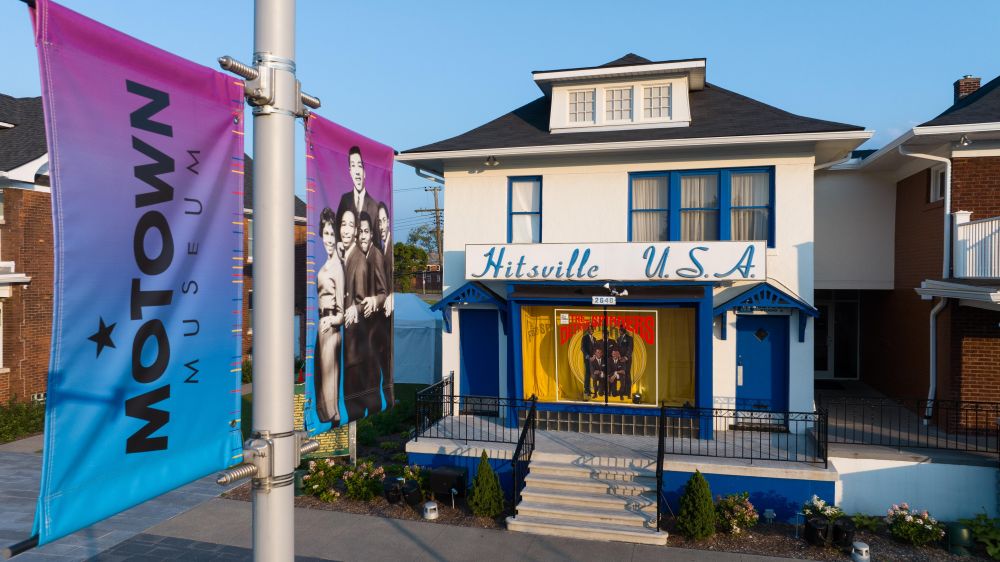
Detroit’s musical heritage, described as a “jambalaya of cultures” by famed native musician and producer Don Was, encompasses most genres, including blues, country, rap, rock and soul. Techno and proto-punk arose in Detroit, along with musical pioneers including Alice Cooper, Bob Seger, Eminem, Iggy Pop and Jack White. None soared like Berry Gordy, Jr., the Detroiter who changed the course of musical history.
After trying out professional boxing and serving in the U. S. Army during the Korean War, Gordy returned home and opened a record store. To support his wife and child, he worked on the Ford Motor Company’s Lincoln-Mercury production line. The rhythmic assembly of cars on the conveyor belt struck a major chord with the entrepreneurial music lover and songwriter, whose next move forever put his hometown on the map.
“I wanted the same concept for my company, only with artists and songs and records,” wrote Gordy in his autobiography To Be Loved. “I wanted a place where a kid off the street could walk in one door an unknown and come out another a recording artist—a star."
That self-sufficient company was Motown Records, after “Motor Town” Detroit, which Gordy, who turns 96 this November, launched in 1959 with an $800 loan from his family. Headquartered in a former photographer’s space that served as his apartment, office and recording studio, “Hitsville U.S.A.” birthed the Motown Sound, a joyful, relatable fusion of gospel, jazz and innovative elements for all people to enjoy. Arriving in an era of racial division and later civil unrest, Motown music became a critical unifying force of social and cultural change.
From Smokey Robinson, Gordy’s first signing, and Diana Ross, both born in Detroit, to Martha and the Vandellas, Stevie Wonder, Marvin Gaye and numerous other legends, one talent after another emerged as a star from the facility’s iconic Studio A until Gordy relocated the label to Los Angeles in 1972.
Later transformed into Motown Museum, Hitsville U.S.A. is undergoing a highly anticipated $75 million transformation of its campus into a world-class cultural, entertainment and education destination celebrating the Motown legacy.
Called Hitsville NEXT, the 50,000-square-foot expansion will feature new group-ready venues such as a state-of-the-art performance theater and event space. Guided tours, which end on an electrifying note in Studio A, are paused starting in October for the final phase of the project.
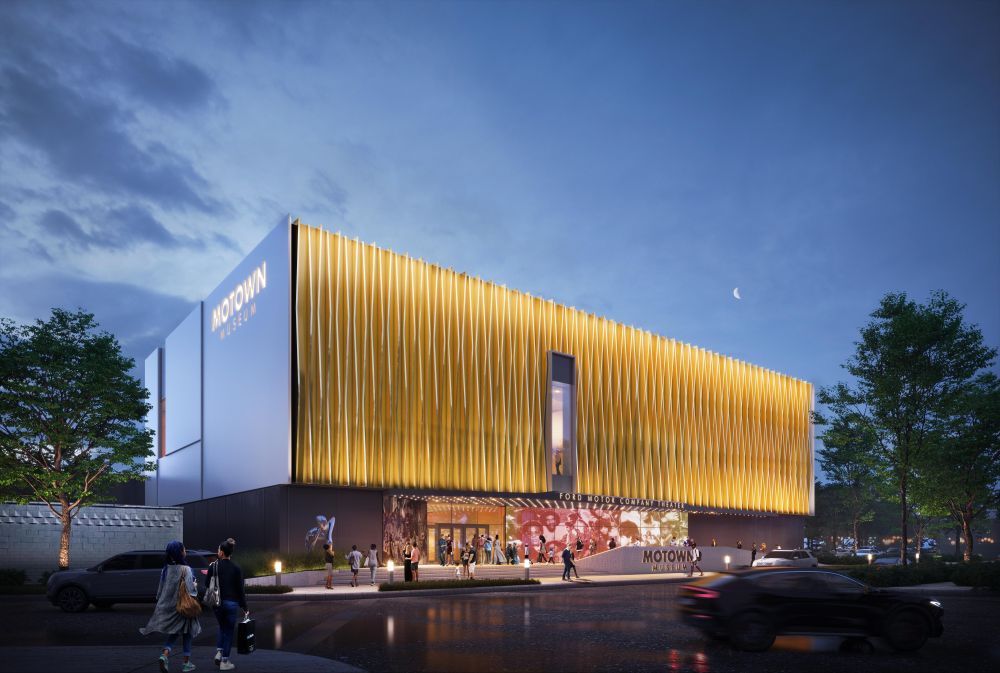
The Detroit soundtrack plays all over town. Modern venues include Ford Field Stadium and Little Caesars Arena. Memorable event-ready historic landmarks including The Majestic (1915) and Fox (1928) Theatres, Music Hall Center For The Performing Arts (1928) and Fillmore Detroit (1925).
Opened in 1926, massive Masonic Temple Detroit boasts the second-largest indoor stage in North America and has hosted the greats through the years, including the Rolling Stones and Jimi Hendrix. Multiple versatile rentals include the 4,404-capacity Temple Theatre and 400-capacity Chapel, replicating London’s Westminster Abbey.
Another treat for music-loving groups is nearby Third Man Records. Opened in 2001 by 12-time Grammy winner and 2025 Rock and Roll Hall of Fame inductee Jack White, this unique combo of a performance venue with record store, recording studio and vinyl pressing plant is for live shows, guided tours and rentals on request.
[Related: Taking Off: The Unexpected Surprises for Meetings in Grand Rapids, Michigan]
Detroit Museums and Murals
Detroit’s cultural campus extends to another 15-plus renowned museums and artistic centers. Founded in 1885 and opened at its present Midtown site in 1927, the preeminent Detroit Institute of Arts was named as the nation’s best art museum in USA Today’s 2024 10Best Readers’ Choice Awards.
Highlights of the museum’s collection of 65,000-plus works from around the world and across time include Vincent Van Gogh’s Self-Portrait from 1887, the Dutch master’s first painting to enter a U.S. museum collection, and Mexican artist Diego’s Rivera’s signature Detroit Industry murals.
Between 1932 and 1933, Rivera, a leader of the Mexican Mural Movement of the 1920s, covered all four walls of the museum’s Arts Garden Court with monumental depictions of Detroit’s industrial and technological might, workers included. Renamed the Rivera Court, this commanding space hosts 300-capacity events. Other versatile spaces include the stately 300-person Walter B. Ford Great Hall and historic 1,100-seat Detroit Film Theatre Auditorium.
Detroit’s musical and automobile history comes alive in the historic North End’s Milwaukee Junction neighborhood, where Smokey Robinson and Aretha Franklin grew up as neighbors, techno music arose here from the dance music culture of Detroit’s Black gay community in the 1970s; and in 1908, the Ford Motor Company introduced the Model T. The “car that put the world on wheels” was developed at the Ford Piquette Avenue Plant which opened in 1904 as Ford’s first purpose-built factory and now operates as a museum with evocative industrial space for events.
The art extends to the streets. With 600-plus murals beautifying walls and neighborhoods around the city, Detroit placed fourth on USA Today's list of “10 Best Cities for Street Art” this year.
Mural-rich destinations include Eastern Market, America’s largest historic public market district from 1891. Local operator Wheelhouse Detroit offers guided public and private bike tours of this storied multiblock complex, murals included.
Painted by London-based artist Richard Wilson in 2019, the 100-foot-tall, 8,000-square-foot mural of a young Stevie Wonder on the south wall of the Music Hall Center for the Performing Arts is a must-see. “For me, he’s the greatest living singer, songwriter and musician,” Wilson told the Detroit Free Press. “In 300 years, I’m sure he’ll be looked (at) as a Beethoven, Mozart, Bach—that kind of epic influence on humanity.”
Wilson self-funded his work, which is based on a 1976 photo of Wonder sitting at a keyboard and took him a year to complete, out of his love and respect for the legendary artist. Plan on Detroit likewise inspiring your next group program.


